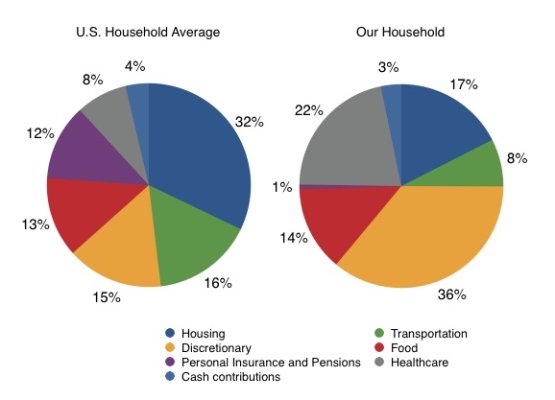I stumbled across a Kitces post that seemed to imply Bernicke's numbers might be off. A relevant quote from the article:
(bolding mine)
Kitces still seems to think the cumulative research shows that spending does tend to decline in retirement, but maybe just not as much as Bernicke believes.
Just curious if FireCalc developers have considered revising the Bernicke model, or maybe adding other reduced spending models based on the more recent research. Or maybe these models already exist in a paid version of FireCalc.
For instance, a study in the Journal of Financial Planning by Ty Bernicke found that based on the 2002 CES data, for every 5 years older a retiree was, their spending was on average about 15% lower; the cumulative impact meant that those in their late 70s were spending less than half of what those in their late 50s were spending.
Notably, though, the Bernicke study looked at a cross-section of people in the same year to see the differences in spending by age, rather than actually track a cohort of people to see how their spending changed over time. When a subsequent study by the Center for Retirement Research looked at multiple age cohorts in the CES data, though, they still found that retirement spending drops persistently, by about 1% per year as a cohort ages, even after controlling for a number of other factors.
(bolding mine)
Kitces still seems to think the cumulative research shows that spending does tend to decline in retirement, but maybe just not as much as Bernicke believes.
Just curious if FireCalc developers have considered revising the Bernicke model, or maybe adding other reduced spending models based on the more recent research. Or maybe these models already exist in a paid version of FireCalc.

